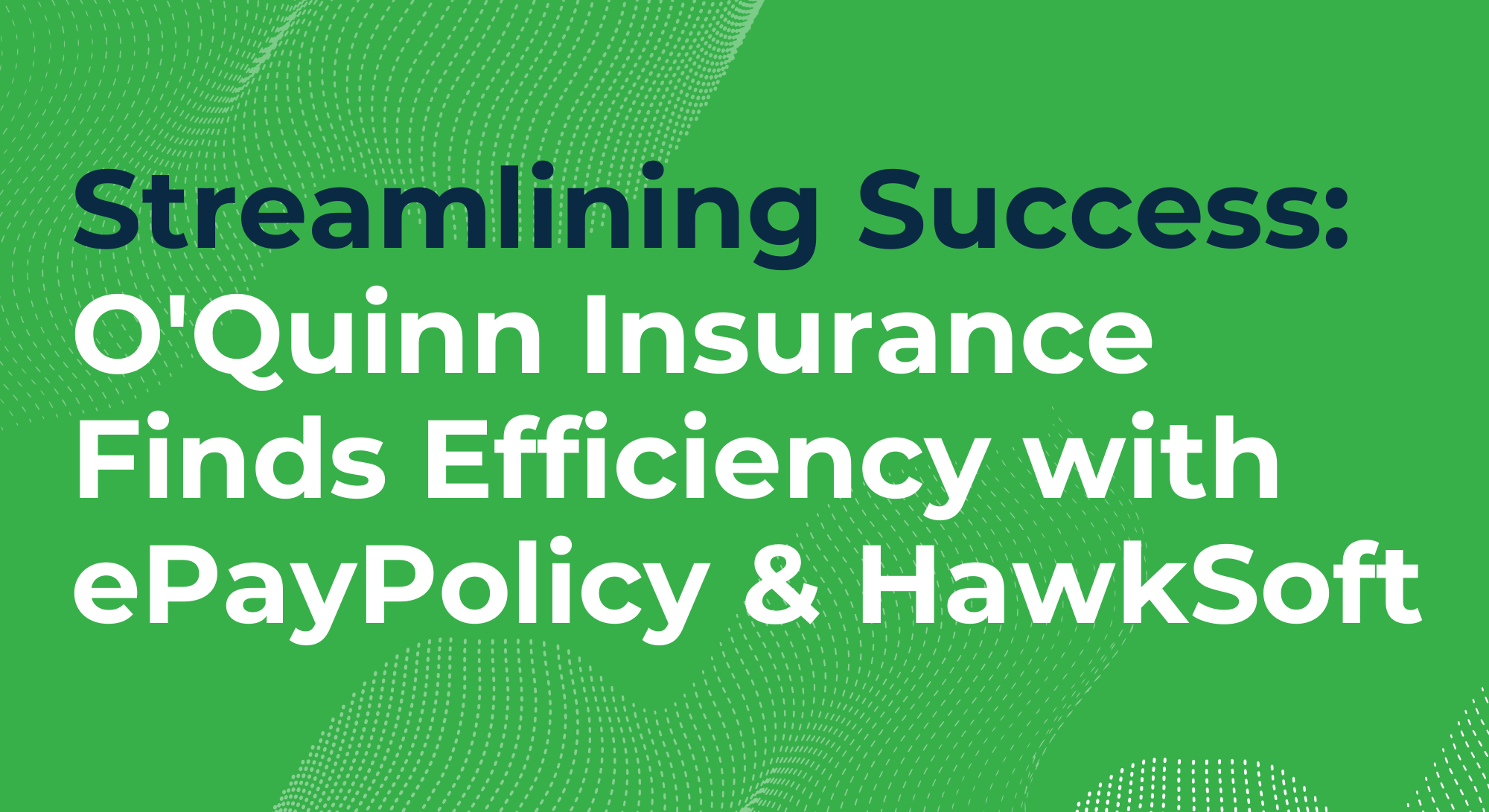Change is accelerating all around us, possibly at a faster pace than in any period in history. Climate change, rising interest rates, and effects from the covid pandemic are propelling companies to transform their business models and offerings. The insurance sector is no exception. In reality, these factors might serve as the catalyst that triggers a reinvention of how the industry operates and the role it plays in the broader societal context.
For the third consecutive year, the non-life insurance industry continues to enhance its top-line growth by implementing above-average rate hikes across virtually all segments of business. Despite these efforts, increasing loss costs are proving to be a substantial obstacle, rendering bottom-line profitability a challenging pursuit for carriers and the industry as a whole.
Insurance companies need to remain resilient in the coming months and year to succeed in a hardening market. In this blog, we’ll delve into the ongoing changes to the industry and explore how companies can and are adapting.
Increasing Catastrophic Events
The increasing occurrence and seriousness of global risks, from climate change to cybercrime, are heightening the scrutiny on the insurance sector’s ability to serve as society’s financial safety nets. Insurers are looking for ways to prevent losses from happening in the first place; but when losses seem unpreventable and severely risky financially, insurers might opt to exit out of markets entirely.
The rise in natural disasters, from hurricanes to wildfires, has put immense pressure on insurance companies. Payouts for these events have escalated, straining their financial reserves. These events have caused carriers to reassess their exposure and price strategies.
Earlier this year, State Farm and Allstate, the top-ranked and fourth-ranked property and casualty insurance companies in the nation, announced their decision to cease issuing new home insurance policies in California. Other major insurance companies have also withdrawn from providing coverage in Florida. Hurricane- and flood-prone states are accustomed to getting these news. However, it does not make it any much easier for policyholders and insurers alike.
Regulatory Changes
If it is becoming more expensive to cover payouts, why don’t insurance companies just increase their prices? Insurance companies in certain states are facing increasingly stringent regulations and standards, like constraints on premium hikes and prohibiting policy cancellations.
Insurance companies are trying to find a delicate balance between ensuring financial stability and providing affordable coverage to policyholders. Some companies are investing in advanced risk assessment and pricing models, leveraging technology to more accurately underwrite policies. Additionally, many are expanding their product offerings or entering new markets to mitigate the impact of stringent regulations. Collaboration with regulatory authorities and industry associations is also common, as insurers aim to influence policy development and advocate for adjustments that maintain a fair market while allowing for sustainable profitability.
In California, the departure of major insurers might increase the urgency to loosen consumer-minded regulations that have maintained low insurance rates in the state for an extended period. While regulations have been acknowledged for delivering substantial savings to consumers, the insurance industry contends that it imposes limitations on precise risk assessment and pricing.
Escalating Costs
For those that are still able to increase prices, they seem to struggle to raise them fast enough to cover record growth in expenses. According to Deloitte, the price of single-family residential home construction materials soared 33.9% since the start of the pandemic while contractor services are up 27%. “The cost to insure new home customers in California is far higher than the price they would pay for policies due to wildfires,” Allstate said to ABC News.
Many insurance companies are opting for reinsurance as their own form of protection against risky scenarios. However, recent years have witnessed a rapid surge in reinsurance costs due to escalating expenses from global disasters. When these prices become prohibitively high, and insurers can no longer effectively transfer excessive risk, they find themselves “holding the risk.” These financial pressures can either force insurers out of business or compel them to exit specific regions, as exemplified in the cases of California, Louisiana, and Florida.
One area in which the industry could face a disruption is the opportunities in embedded insurance. There has been a substantial growth in insurance premiums integrated into various third-party transactions, circumventing traditional intermediaries like insurance agents and potentially sidelining legacy carriers. These carriers should proactively explore partnership opportunities before they face the risk of not having an embedded partner. Alternatively, they need to devise strategies for competing against those who do join forces with product or service providers.
The Prominence of Excess and Surplus (E&S) Lines
The U.S. excess and surplus (E&S) insurance market is anticipated to achieve a second consecutive year of direct underwriting profits in 2023. With traditional carriers exiting high-risk markets, E&S lines have become a crucial component of the insurance landscape.
Recent growth can be attributed to admitted markets offloading business that falls beyond their risk tolerance to the E&S market, like in homeowners’ business in states like Florida and California. E&S insurance offers greater flexibility in tailoring policies to specific needs.
Excess and surplus lines also operate under a distinct regulatory framework, providing more flexibility to insurers and consumers. It enables carriers to take on higher-risk clients without adhering to the same regulations that apply to standard insurance.
The Time Has Come to Adopt Agency Billing
In an attempt to control risk, carriers are relying more heavily on MGAs and wholesalers to take on previously placed policies. In many cases, these MGAs may require agents to manage billing, thereby transferring any payment-related risks. Agencies lacking the infrastructure for agency billing may face greater operational challenges, both in terms of handling payments and reconciling accounts effectively.
“It is imperative for agents and brokers to adapt and find effective solutions to manage client payments, automate payment reconciliation, and integrate premium financing into their workflows,” says Dan Maloney, Head of Enterprise Sales at ePayPolicy. “Agents that position themselves to help clients navigate these challenges will come out the winners.”
Many insurers don’t want to deal with taking payments and reconciling them. They also don’t want to pay the fees. Because of this, it’s important to find a payment processor that is (1) highly automated and (2) able to pass the fees to the policyholders.
ePayPolicy set out to automate the agency bill process to support both insurance companies and their customers. We made collecting payments convenient by enabling insureds to pay digitally by credit card or ACH. ePay also allows the insurance company to pass the fees either partially or entirely to the insured.
In reality, consumers face credit card and ACH fees in everyday life. “If insurers ever want to do something that might be a bit unpopular for consumers but beneficial for the business, now is the time to do it,” says Maloney. Agencies that can efficiently handle agency billing will be better positioned to navigate changes and provide a seamless payment experience for their policyholders.
- Steve Millerhttps://epaypolicy.com/author/steve-miller/
- Steve Millerhttps://epaypolicy.com/author/steve-miller/
- Steve Millerhttps://epaypolicy.com/author/steve-miller/
- Steve Millerhttps://epaypolicy.com/author/steve-miller/




